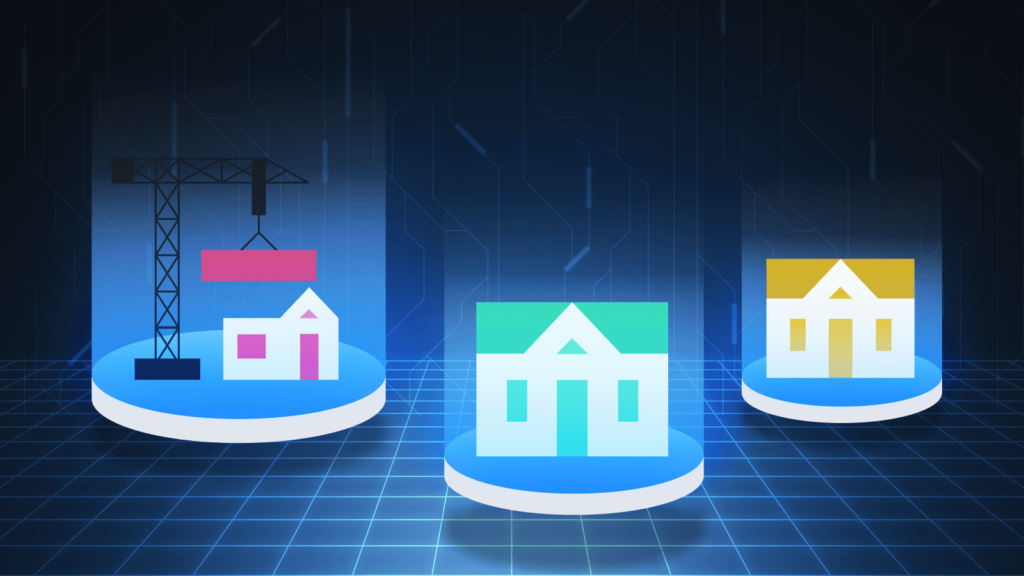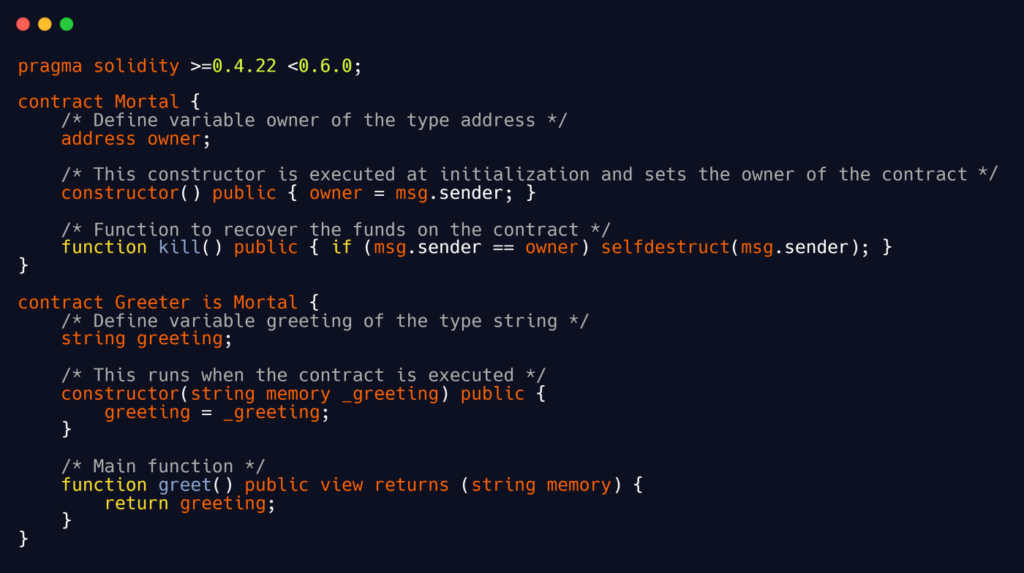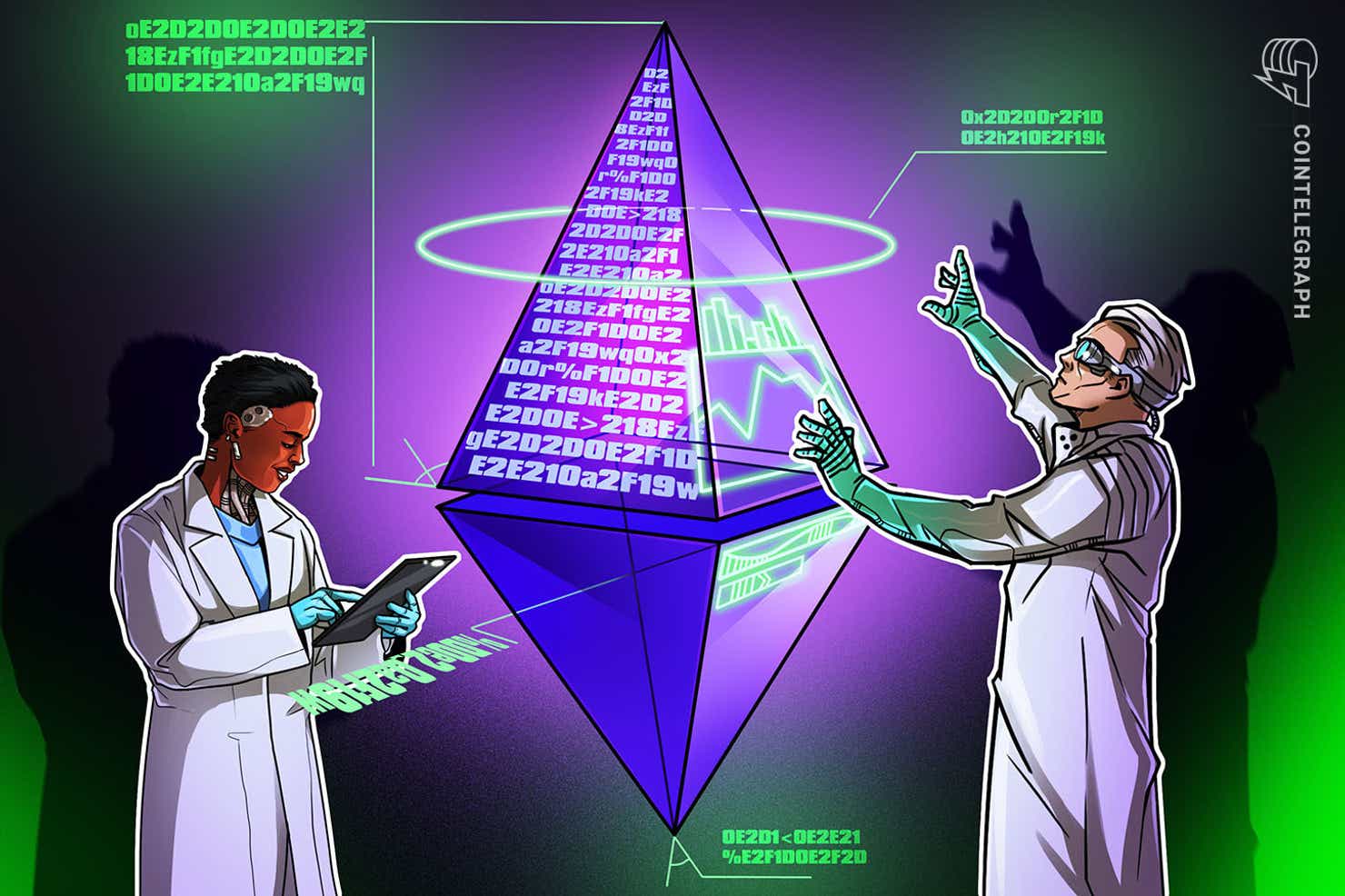Ethereum is the holy grail of decentralization. I have written about DAO and DeFI extensively. Without Ethereum non of those can exist. Ethereum is the community-run technology that powers the cryptocurrency ether and thousands of decentralized applications. Just the way Apple store powers your mobile apps.
Ethereum is considered the next step of the internet, which is a decentralized, user-powered network known as Web 3.0, unlike centralized platforms like Apple’s App Store which represent Web 2.0.
This “next-generation web” (Web3) will support decentralized applications (DApps), decentralized finance (DeFi) and decentralized exchanges (DEXs).

Ethereum blockchain network is maintained by a vast network of computers worldwide. The network requires distributed consensus and majority agreement for any changes to be made to the blockchain
Ethereum was conceived in 2013 by programmer Vitalik Buterin- who at that time was the cofounder of bitcoin magazine. Additional founders of Ethereum included Gavin Wood, Charles Hoskinson, Anthony Di Iorio and Joseph Lubin. In 2014, development work commenced and was crowdfunded, and the network went live on 30 July 2015.
Ethereum can be said to be the Do it yourself platform for (decentralized programs) dapps. Ethereum can also be used to build financial applications that are fully trustworthy and transparent because they run on the blockchain
Take out 3 minutes of your time and watch this explanation of Ethereum by the inventor Vitalik Buterin, note he did this presentation 7 years ago.
The whole idea behind Ethereum is to create decentralized technology that removes the middle man and allows the users to interact with each other directly on the global network. Decentralized applications can reduce the cost and barriers to entry, removing the single point of failure, preventing censorship, and ensuring transparency and trust between all the parties involved in the interaction.
With Ethereum you can build decentralized applications using the native solidity scripting language and Ethereum Virtual Machine. The Ethereum Virtual Machine is the software platform that developers can use to create decentralized applications (DApps) on Ethereum. It is where all Ethereum accounts and smart contracts live. Ethereum development tools come with an overabundance of functionalities and features that help you automate a lot of your development efforts.

Smart contract or dApp development efforts are not just about coding and deploying only. As a developer, you need a secure and stable debugging tool, libraries, an API and testnet. Ethereum offers a smooth development cycle for your dApp. Here we are talking about tools like,
- Truffle – Development and Deployment Framework
- MetaMask – Token Wallet and dApp Gateway
- Ganache – Personal Blockchain With A Robust Command-Line Tool
- Remix IDE – Compiling and Debugging Tool Working on Browsers
- Geth – Ethereum CLI Client Based on Go
- Parity – A Rust-based Ethereum Client
- Ethers.js – Ethereum Library Ecosystem
- Infura – API
- Embark – Development Framework
- Drizzle – A Collection of Front-End Libraries
You can see the impact of these rich tools, libraries, and API in the quality of user experience for the average user of Ethereum applications – with wallets like MetaMask, Argent, Rainbow, and more. These dapps offer simple interfaces through which to interact with the Ethereum blockchain and smart contracts deployed there.
Etheruem’s large userbase makes it attractive to developers to deploy their applications on the network, therefore making ethereum the home for decentralized applications like DeFi and NFTs.

Currently, Ethereum is soon due for an upgrade to version 2.0. Ethereum 2.0, also known as Serenity or ETH 2.0, is an upgrade to Ethereum on several levels, with the primary objective of increasing Ethereum’s capacity for transactions, reducing fees and making the network more sustainable.
Why is Ethereum a platform for Dapps and not Bitcoin
This is because the scripting language used in Bitcoin is designed as Turing Incomplete. This is because increased complexity would potentially introduce problems for Bitcoin. By keeping it simple, the developers can predict with high accuracy how it is going to react in the finite number of situations in which it is used.
Ethereum, on the other hand, is built as a Turing Complete blockchain, mostly because it needs to understand the agreements which make up the smart contracts. This also helps Ethereum understand and implement any future agreement, even those that have not been thought of yet. With this Ethereum can also use its codebase to perform virtually any task, as long as it has the correct instructions, enough time, and processing power.
Also, it pays to know that Ethereum and Bitcoin networks treat transaction processing fees differently. These fees are known as “gas” fees. On the Ethereum network, gas fees are paid by the participants in Ethereum transactions. while on the Bitcoin transactions fees are absorbed by the broader Bitcoin network.
How Can I Buy Ethereum?
To buy Ethereun you can use one of many cryptocurrency exchange platforms to buy and sell Ether. Ethereum is supported by dedicated crypto exchanges like Coinbase, Kraken, Gemini, and Binance.
Is Ethereum a Cryptocurrency?
Ethereum itself is a blockchain that supports a wide range of decentralized applications (dApps) but it also has a native cryptocurrency known as Ether or ETH and is commonly called Ethereum. Ethereum is a blockchain-powered platform and Ether is its cryptocurrency
How Does Ethereum Make Money?
Ethereum is not like other centralized organization that makes money but Developers have to pay a fee to the Ethereum network to create new tokens or decentralized apps on the network. They make these payments in ether, Ethereum’s native currency.
How can I deploy a smart contract on Ethereum?
To deploy a smart contract, you need to send an Ethereum transaction containing the compiled code of the smart contract without specifying any recipient. You can follow the instruction outlined here DEPLOYING SMART CONTRACTS
What does signing a transaction mean?
You sign a transaction by providing proof that you and only you could have created it. Transaction signing is possible because there exists a relationship between your private key (which you keep secret) and your public key (which can be displayed). Transactions need to be signed before they are submitted to the network.
What is Etherscan and how to use it
Etherscan is a block explorer service that allows users to access transactions, smart contracts, addresses, and others on the Ethereum blockchain. With a tool like Etherscan, the aim of blockchain technology and cryptocurrencies to decentralize finance is achieved. If users can access intricate details of their transactions through Etherscan, something that is hardly possible in traditional finance, then finance has been truly decentralized.
What Is a Hard Fork (Blockchain)?
A hard fork is an event where a blockchain “splits” into two separate blockchains running parallel with each other, each with different parameters from a common previous chain.
Below are some of the amazing Ethereum communities on Discord
Ethereum Cat Herders – community oriented around offering project management support to Ethereum development
Ethereum Hackers – Discord chat run by ETHGlobal: an online community for Ethereum hackers all over the world
CryptoDevs – Ethereum development focused Discord community
EthStaker Discord – community oriented around offering project management support to Ethereum development
Ethereum.org website team – stop by and chat ethereum.org web development and design with the team and folks from the community
This article is still under development, more updates will be added as I learn more about the network



Nice work man.
Keep up the good work
[…] wallet lets you connect to any decentralized application using your Ethereum account. It’s like a login you can use across many […]
[…] contracts usually takes a lot of work and could take years, instead of doing that, Binance leveraged Ethereum and forked their code, so that they could have the same features. This also made sense for […]
[…] is particularly noticeable in the case of Ethereum, the second largest blockchain network after Bitcoin. As a result, some developers have become so […]